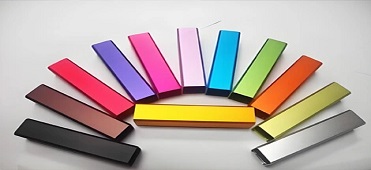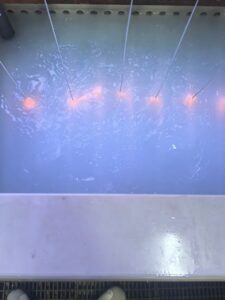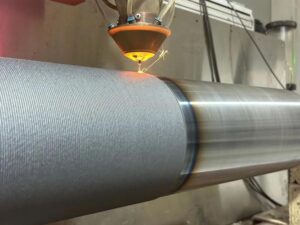In modern manufacturing, surface treatment technologies are widely used to enhance the corrosion resistance, wear resistance, and appearance of metal materials. Among these, anodizing has become increasingly favored across various industries as an efficient and environmentally friendly surface treatment method. Particularly in fields such as aerospace, automotive, electronics, and precision machinery, anodizing has emerged as one of the preferred methods for metal surface finishing due to its excellent performance and finely controlled process characteristics. This article focuses on the production process of precision anodizing and its applications in different industries.
What Is Anodizing?
Anodizing is an electrochemical surface treatment method that involves using a metal material—typically aluminum or its alloys—as the anode, and immersing it in an electrolyte solution (commonly sulfuric or phosphoric acid). Under the influence of an electric current, a hard oxide layer is formed on the metal surface. anodizing builds on the conventional anodizing process with the addition of advanced control techniques to ensure greater accuracy in oxide layer thickness, pore size, and uniformity, resulting in enhanced surface properties.
This oxide layer not only offers excellent corrosion and scratch resistance, but can also be dyed to produce a wide range of colors, making it suitable for products that require strength, durability, and visual appeal.
The Precision Anodizing Process
Pre-treatment
The first step in precision anodizing is thorough cleaning and pre-treatment of the metal surface. This includes removing oil, rust, oxide layers, and other contaminants to ensure a clean, smooth surface. Common methods include acid cleaning, alkaline cleaning, and mechanical polishing. The quality of pre-treatment directly affects the final anodized layer, making this step critically important.
Electrolytic Oxidation
During this stage, the metal part is used as the anode and placed in an electrolyte solution (typically sulfuric or phosphoric acid). As electric current passes through the metal surface, it reacts with oxygen to form a uniform and durable oxide film. In precision anodizing, parameters such as current density, voltage, temperature, and electrolyte concentration must be strictly controlled to ensure the film’s uniformity, density, and adherence to high-precision requirements.
Post-treatment and Coloring
After the oxide layer is formed, post-treatment processes can be applied. Common post-treatments include sealing and coloring. Sealing fills the microscopic pores in the oxide layer, enhancing its resistance to corrosion and wear. Coloring involves dye absorption into the pores, producing vivid and long-lasting surface colors. The dyed surfaces maintain bright, stable colors that are resistant to fading.
Quality Inspection
Metal parts that undergo precision anodizing must pass rigorous quality inspections. These include measurements of layer thickness, hardness testing, corrosion resistance evaluation, and dyeing quality checks. Only parts that meet these standards are considered acceptable for use.
Conclusion
With its superior corrosion resistance, wear resistance, hardness, and aesthetic qualities, precision anodizing has become an essential surface treatment for many high-end products. Whether in aerospace, automotive manufacturing, or consumer electronics, it plays a vital role. As processing technologies continue to advance, precision anodizing will become even more efficient and refined, meeting the growing demands of various industries and driving innovation in product design and manufacturing.




